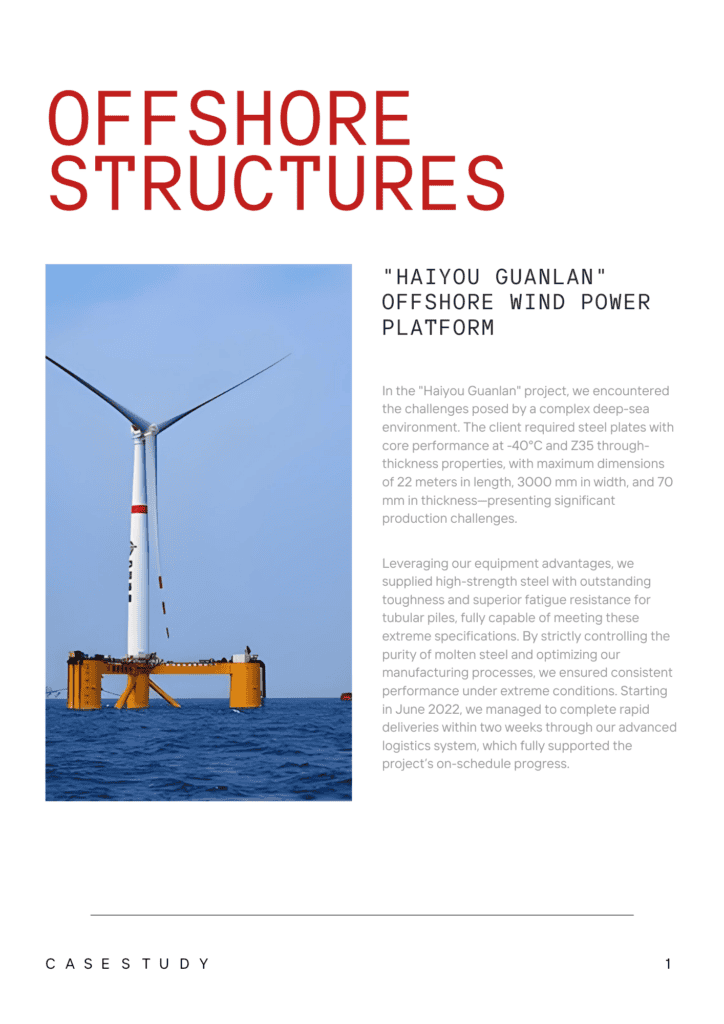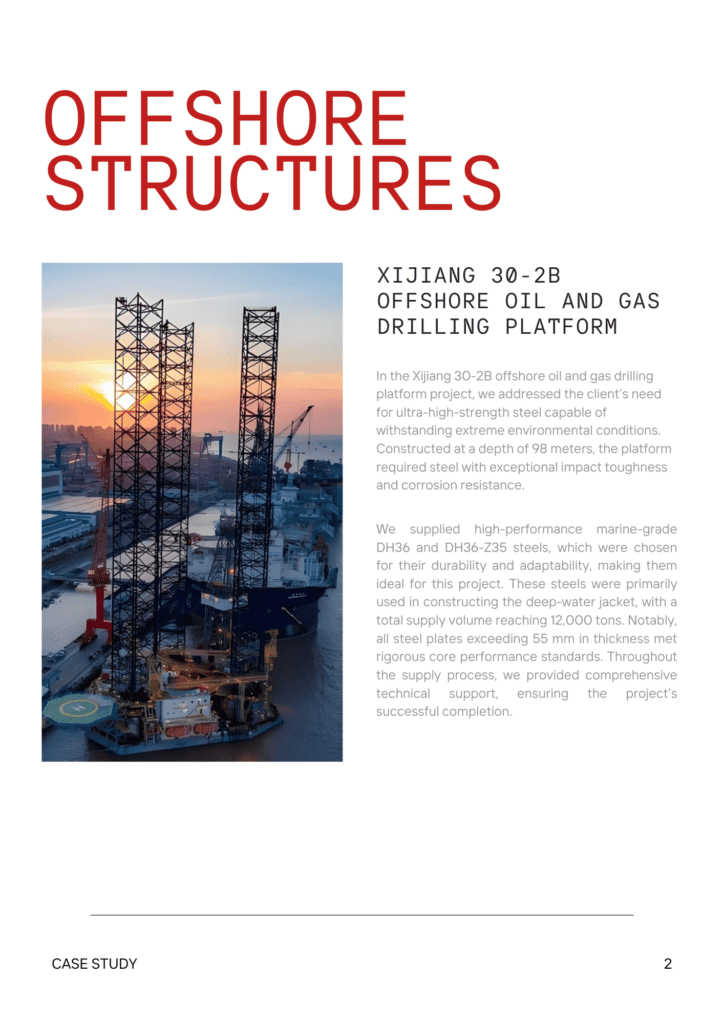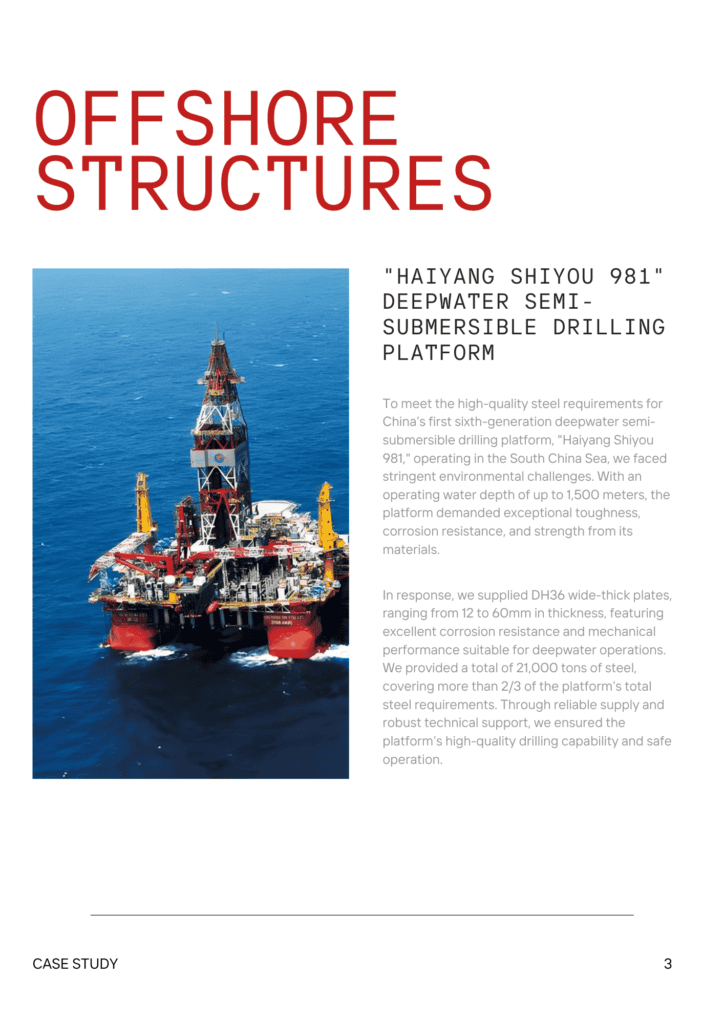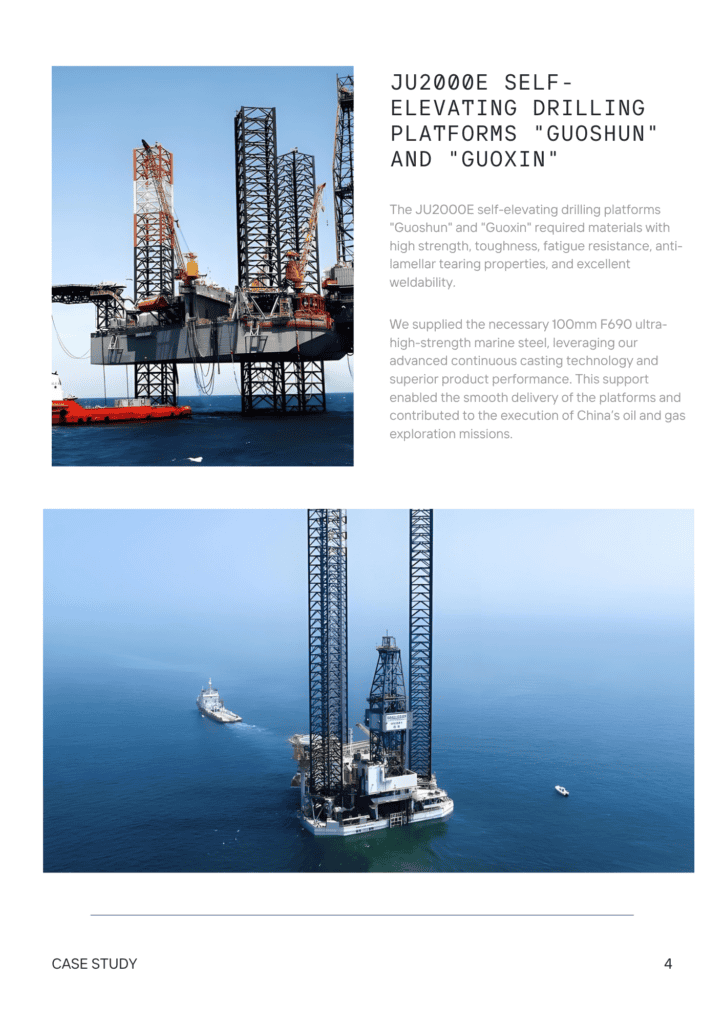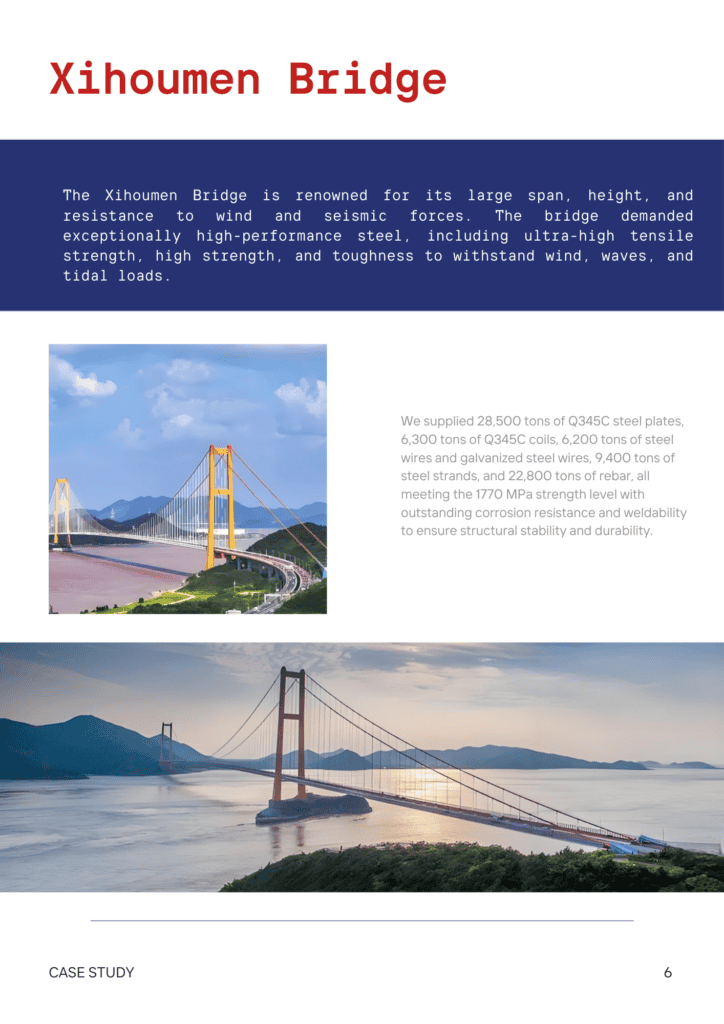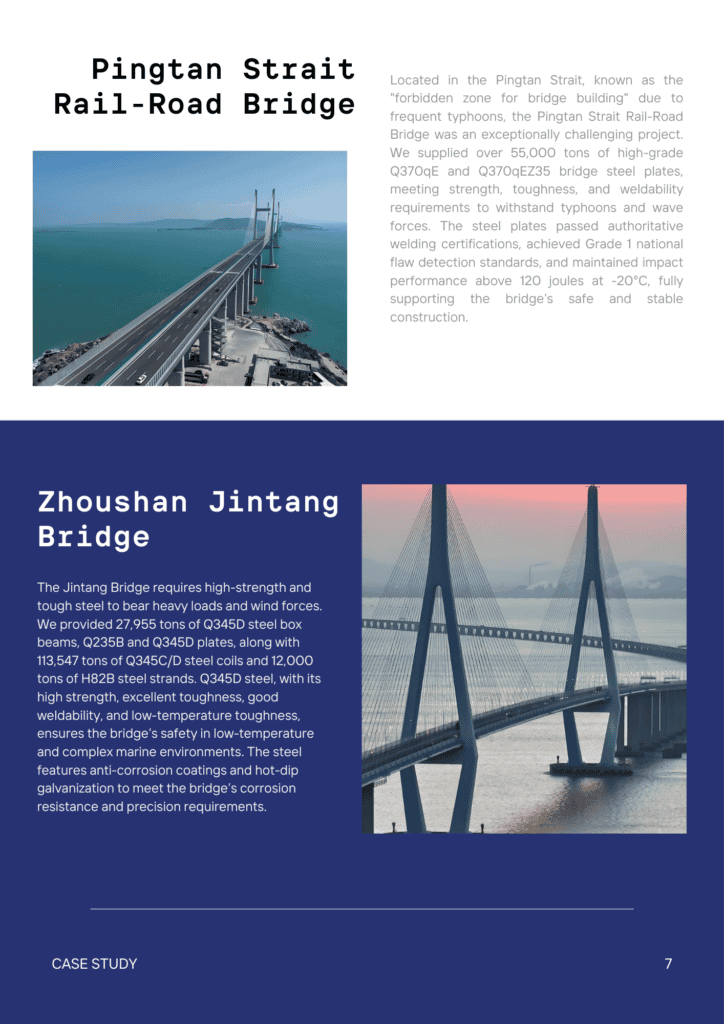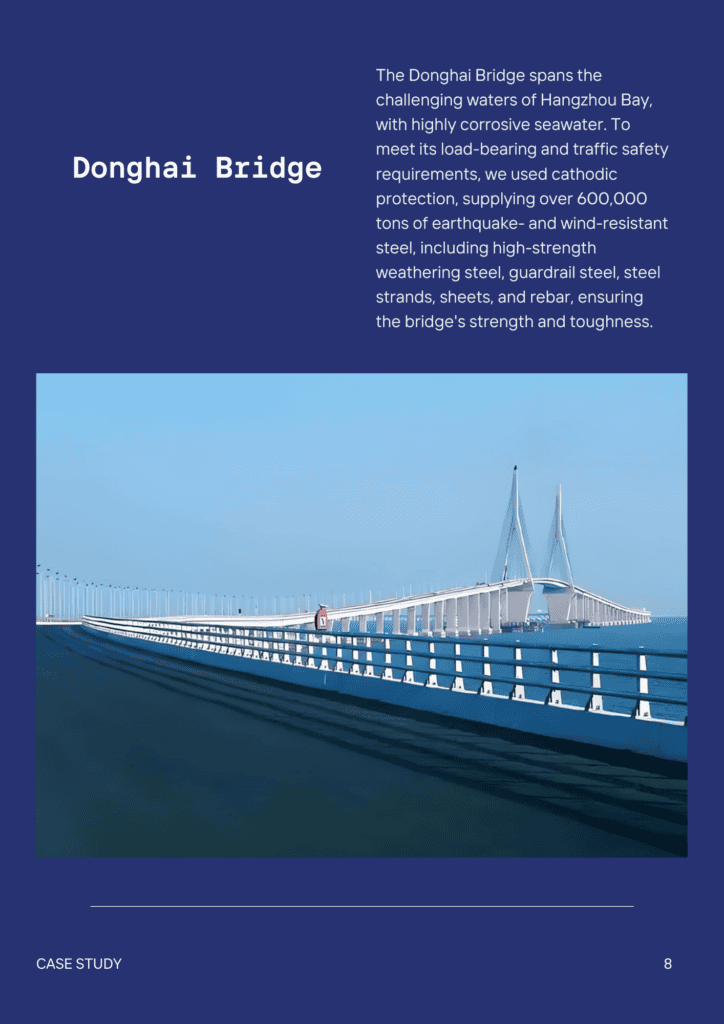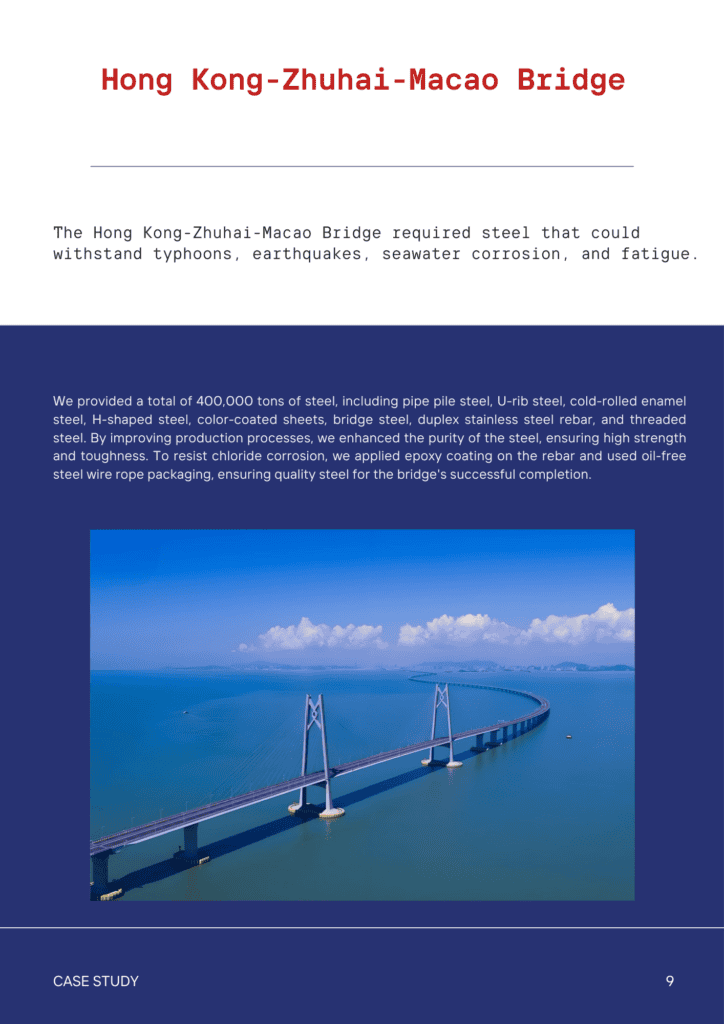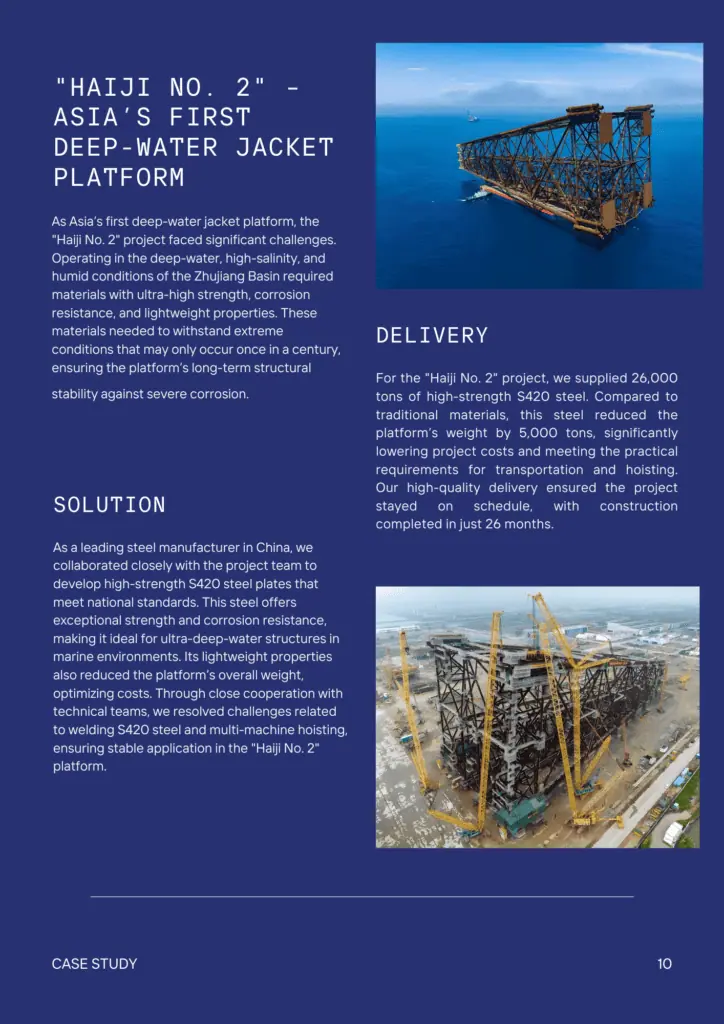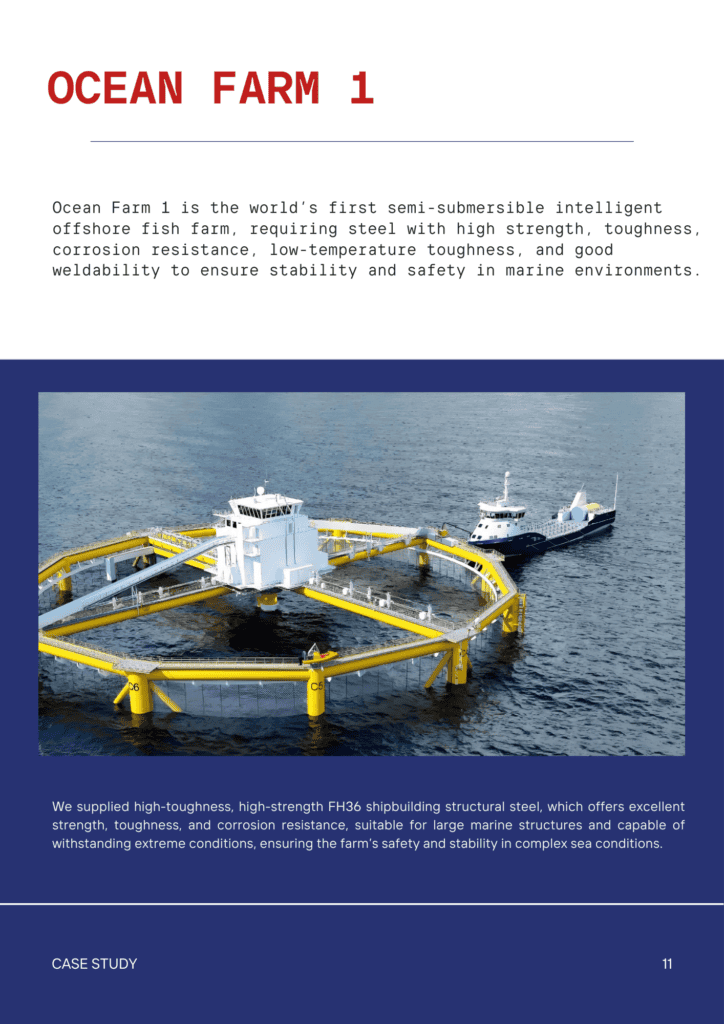Contents
Alloy Steel vs. Carbon Steel: A Quick Overview of Differences
- John
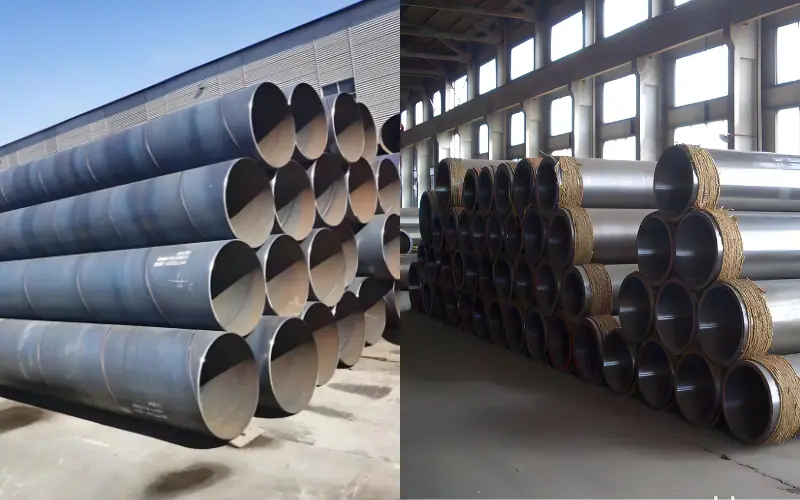
Quick Answer:
Alloy steel and carbon steel differ primarily in composition. Alloy steel contains added elements like chromium or nickel for enhanced properties, while carbon steel relies on carbon content (up to 2.1%) for strength. Choose alloy steel for corrosion resistance and durability; opt for carbon steel for cost-effective structural applications.
At SteelPro Group, we have decades of experience providing steel solutions. In this article, we will examine the main distinctions between alloy steel and carbon steel. We’ll also help you choose the best material for your project.
What Is Alloy Steel?
Alloy steel is a type of steel that combines iron with a variety of additional elements—such as chromium, nickel, manganese, or molybdenum—specifically to improve properties like strength, durability, and resistance to corrosion or heat. These alloying components enhance the steel’s versatility, making it better suited for demanding or specific conditions.
Unlike plain carbon steel, alloy steel is engineered for specific performance needs, from enhanced wear resistance to improved weldability.
Alloy Steel Types and Properties
- Low-Alloy Steel
Contains small amounts of alloying elements (typically 1-5%), providing a balance of strength and ductility for applications like structural components and machinery parts. It offers improved toughness over carbon steel without a significant price increase.
- High-Alloy Steel
This steel contains a larger percentage of alloying elements (more than 5%), which gives it exceptional properties like resistance to extreme temperatures, corrosion, or oxidation. Examples include steels used in chemical reactors and marine environments.
- Tool Steel
Tool steel is heat-treated for high hardness and wear resistance. It often includes elements like tungsten, vanadium, or molybdenum, making it ideal for cutting, drilling, and shaping other materials.
- Stainless Steel
Stainless steel, recognized for its significant chromium content (minimum of 10.5%), is highly resistant to rust and discoloration. It is widely utilized in medical tools, kitchen equipment, and construction, providing both toughness and longevity.
- HSLA Steel (High-Strength Low-Alloy Steel)
These steels are specifically engineered for higher strength-to-weight ratios. They offer improved resistance to atmospheric corrosion and are widely used in automotive and structural applications where both strength and weight savings are critical.
What is Carbon Steel?
Carbon steel is an alloy containing no more than 2.1% carbon and very few additional elements. Its simplicity ensures affordability and ease of fabrication, though it lacks the specialized properties of alloyed variants.
Carbon Steel Types and Properties
- Low-Carbon Steel (Mild Steel, ≤ 0.3% carbon): Ductile and weldable, widely used in construction and machinery.
- Medium-Carbon Steel (0.3% to 0.6% carbon): Balances strength and machinability, common in gears and axles.
- High-Carbon Steel (0.6% to 2.1% carbon): Extremely hard but brittle, ideal for blades and springs.
Alloy Steel vs. Carbon Steel: Quick Comparison Table
| Property | Alloy Steel | Carbon Steel |
| Composition | Iron + carbon + alloying elements | Iron + carbon (≤2.1%) |
| Strength | Higher (customizable via alloys) | Moderate (depends on carbon %) |
| Corrosion Resistance | Excellent (e.g., stainless) | Poor (requires coatings) |
| Heat Resistance | Excellent (high-alloy steels handle high temps) | Moderate (depends on carbon %) |
| Ductility | Good (varies by alloy) | High (particularly in low-carbon) |
| Durability | High (longer lifespan in harsh conditions) | Moderate (wears down faster) |
| Machinability | Moderate (varies by alloy) | High |
| Weldability | Moderate (some alloys require special methods) | High (easier to weld, especially low-carbon) |
| Cost | Higher | Lower |
| Common Uses | Aerospace, turbines, tools | Construction, automotive frames |
Alloy Steel vs. Carbon Steel: Chemical Composition
Alloy Steel: Contains chromium (for rust resistance), nickel (heat resistance), or molybdenum (hardness). These additives allow precise tuning of properties.
Carbon Steel: Relies solely on carbon content. Higher carbon increases hardness but reduces ductility.
Why It Matters?
Alloying elements make alloy steel adaptable to extreme conditions, while carbon steel prioritizes simplicity and cost-efficiency.
Alloy Steel vs. Carbon Steel: Mechanical Properties
Strength & Hardness
Alloy steels are stronger due to mechanisms like grain refinement and phase changes. For example, vanadium carbides help strengthen the steel by pinning dislocations, while chromium-molybdenum alloys undergo martensitic hardening to improve hardness.
- HSLA Steels: Microalloying with niobium (~0.05%) can increase yield strength up to 120,000 psi without quenching. This makes HSLA steels ideal for lightweight yet strong components in seismic-resistant bridge construction.
- Tool Steels: Tungsten and cobalt alloys keep their hardness (Rockwell C 65+) even at high temperatures (600°C), making them perfect for high-speed machining inserts.
In contrast, carbon steels depend on carbon content for hardness, but this limits their performance:
- Quenched 1095 Steel: It can reach HRC 66 but becomes brittle without tempering. Higher carbon content reduces weldability due to the risk of cracking in the heat-affected zone.
Corrosion Resistance
Alloy steels resist corrosion by forming protective oxide layers or using sacrificial elements, especially in stainless steels.
- 316 Stainless Steel: The inclusion of molybdenum (2–3%) imparts outstanding resistance to pitting in environments rich in chloride, like seawater.
Carbon steel, however, is more vulnerable to corrosion and requires extra protection:
- Galvanizing: Zinc coatings are used to protect carbon steel, but they can degrade at temperatures above 200°C, limiting their use in high-heat applications.
- Epoxy-Polyurethane Coatings: These coatings protect pipelines but must be inspected and recoated every 3–5 years.
Ductility
Ductility is a material’s ability to bend or stretch without breaking. Low-carbon steel is highly ductile, while alloy steels achieve ductility through a balance of elements.
- Low-Carbon Steel: With 0.05–0.25% carbon, it is easy to form and shape, making it ideal for applications like cold-rolled automotive body panels.
- Austenitic Stainless Steel (304): The addition of nickel allows the steel to stretch up to 70%, which is great for making deep-drawn products like kitchen sinks.
Wear Resistance
Alloy steels contain alloying elements such as tungsten, vanadium, chromium, and molybdenum, which form hard carbides within the steel. These carbides significantly enhance the strength and wear resistance of alloy steels.
In contrast, carbon steel’s wear resistance relies mainly on its carbon content, but it cannot form hard carbides, making it less effective in high-wear environments.
Alloy Steel vs. Carbon Steel: Production & Fabrication
- Machining: Carbon steel is easier to cut and drill. Alloy steels may need slower speeds or lubricants.
- Welding: Carbon steel welds readily. Alloy steels (e.g., stainless) require inert gas shielding (TIG/MIG).
- Cost: Carbon steel is 20–50% cheaper, ideal for high-volume projects.
Alloy Steel vs. Carbon Steel: Applications
Alloy Steel
- Aerospace: Jet engine components (heat-resistant nickel alloys).
- Medical: Surgical instruments (stainless steel).
- Energy: Pipeline systems (HSLA corrosion resistance).
Carbon Steel
- Construction: I-beams, rebar.
- Automotive: Chassis, engine blocks.
FAQs: Alloy Steel vs. Carbon Steel
Q: Which Is Better for Outdoor Use?
A: Alloy steel (e.g., stainless grades) resists rust without coatings. Carbon steel needs protective treatments.
Q: Can Carbon Steel Replace Alloy Steel?
A: Only in low-stress, dry environments. For corrosive or high-load applications, alloy steel is irreplaceable.
Carbon Steel and Alloy Steel Best Solutions
At SteelPro Group, we provide high-quality alloy steel and carbon steel that meet the highest international standards.
We offer a wide range of surface treatments such as galvanizing, coating, and passivation to enhance corrosion resistance, as well as custom machining services, including cutting, welding, and finishing to meet the exact specifications of your project.
Contact us today to discuss your project requirements and get a personalized quote.




